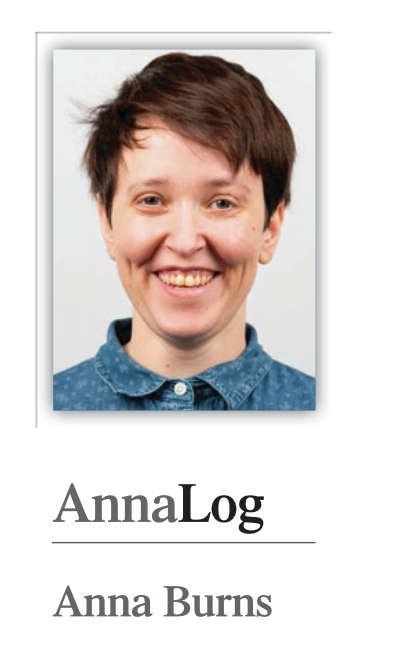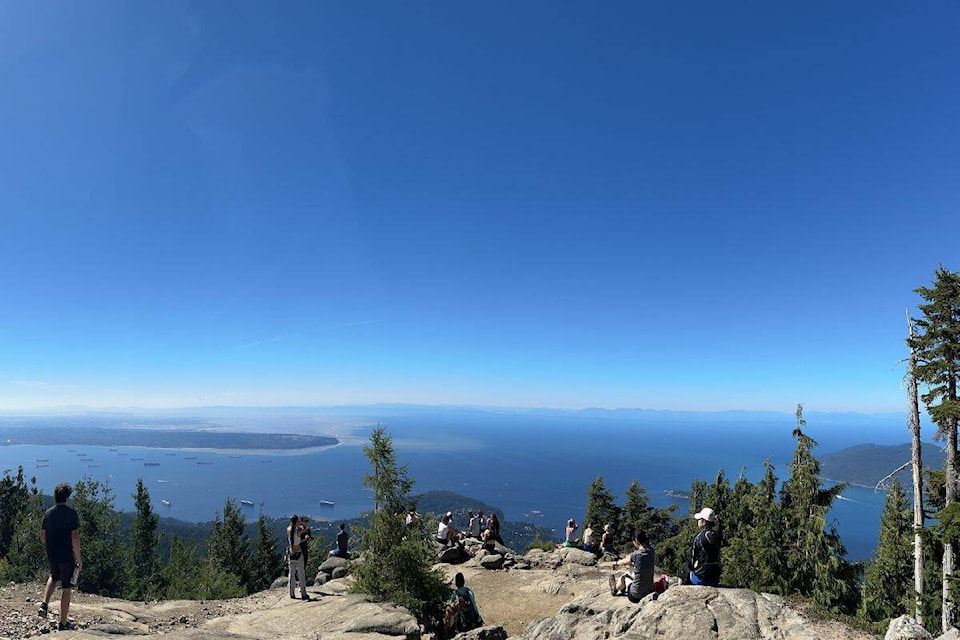
What started with a gruelling hike with a friend ended with me throwing up all over her car.
Let me back up.
On Sunday (Aug. 13), my friend and I headed to the North Shore to hike Eagle Bluffs. I knew Metro Vancouver was under a heat warning, so I had prepared for the heat.
Others had told me this nine-kilometre hike was hard, but I was not prepared for just how hard it was. After several hours of hiking up steep inclines, we finally got to Eagle Bluffs. The view was spectacular and made the trek worth it – or so I thought.
After spending some time at the bluff, we slowly made our way back down. At this point, it was starting to get really hot.
RELATED: Heat wave that hit B.C.’s south coast expected to spread to Interior
One thing about this trail is a lot of it is exposed, so the sun was beating down on us.
Several hours later, we got back to the parking lot at Cypress Mountian. By this point, I had a bit of a headache and was in desperate need of water. I had brought about a litre and a half on the hike, but it was all gone. My friend gave me the rest of her water.
As we drove back, I started to feel more nauseous. I closed my eyes, hoping it would go away.
My friend, a nurse, was driving. She would often check on me to see how I was doing. At one point, I said I felt a bit better. I then took another swig of water.
I closed my eyes again and thought, “Oh, no, I am not alright.”
I then said out loud, “I think I am going to be sick.”
Moments later, I threw up all over my friend’s front seat as we drove along Highway 1. I felt awful for getting sick all over her car, but my friend was more concerned about how I was doing.
After dropping me at home, she continued to check in on me and made sure I had some light food.
I was lucky to be with a nurse when this happened, as she knew exactly what to do.
I likely had heat exhaustion.
But what is the difference between heat exhaustion and heat stroke?
According to Fraser Health, signs of heat exhaustion include heavy sweating, severe headache, muscle cramps, extreme thirst and dark urine. They suggest finding a cooler environment, drinking plenty of water, resting and using water to cool off your body.
The signs of heat stroke are much more serious. Fraser Health states it includes loss of consciousness, disorientation, confusion, severe nausea or vomiting and very dark urine or no urine. A heat stroke is considered a medical emergency. Call 911 if you or someone you are caring for is displaying signs of heat stroke.
Those most at risk are older adults, people with substance-use disorder, anyone with chronic conditions, kidney disease, COPD, heart failure, and people with certain mental illnesses, such as schizophrenia. Some people may also be on medications that affect the body’s ability to thermal regulate, such as medications often prescribed for conditions like schizophrenia and severe depression.
Fraser Health says temperatures are the most important determinant of health outcomes, noting that it can take hours for people’s bodies to cool and for physiological strain to decrease after sustaining high temperatures.
Environment Canada, which has issued heat warnings and special weather statements for much of southern B.C. this week, says well above seasonal daytime temperatures combined with elevated overnight temperatures will offer little relief from the heat.
For more information about heat safety visit fraserhealth.ca/heatsafety and vch.ca/heat.
Anna Burns is a staff writer with the Now-Leader. Email her at anna.burns@surreynowleader.com
anna.burns@surreynowleader.com
Like us on Facebook Like us on Instagram and Follow Anna on Twitter.
